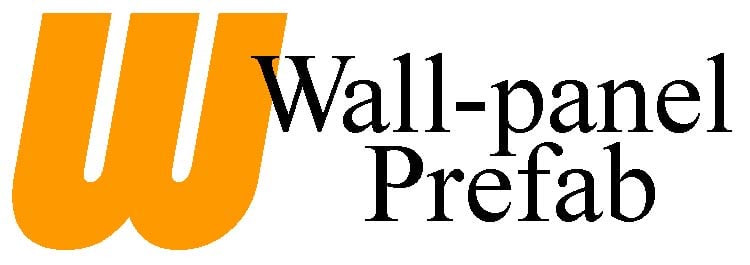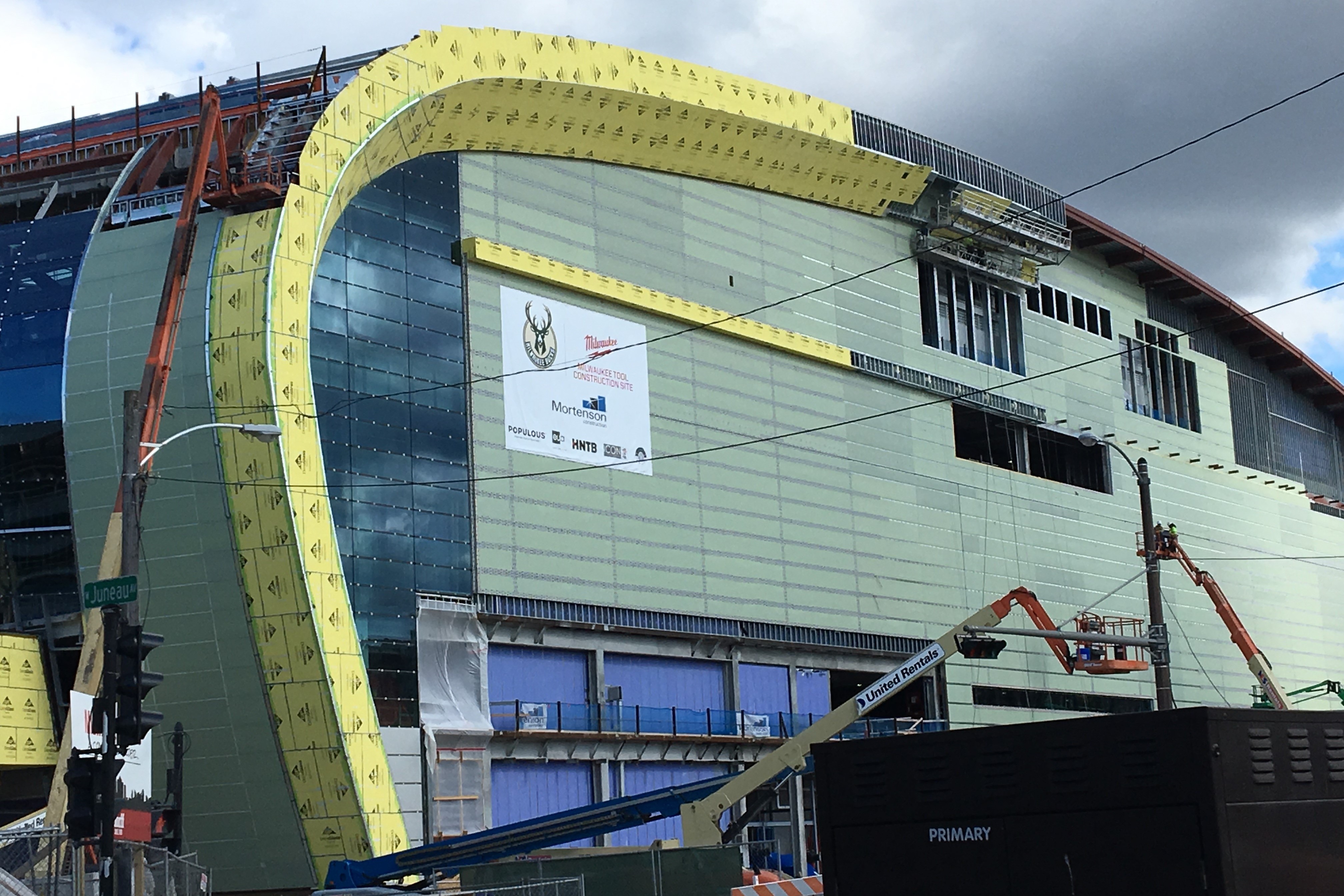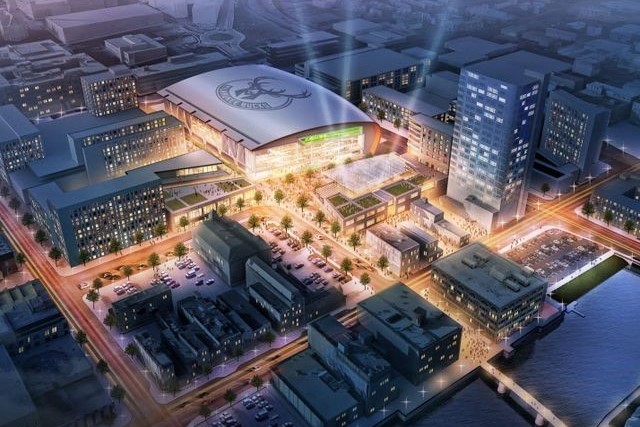Prefab is a trend in the construction industry that has taken everyone by surprise with its time-saving, energy-efficiency, scalability, and flexibility features. Modular construction involves the prefabrication of a building’s modularized components in a manufacturing facility, which are later assembled onsite. Prefab construction has been shown to play a role in the building of high-quality designs in a shorter time frame and lower cost, unlike traditional construction that is often affected by shortage of labor, high labor cost, delays, and fluctuations of weather.
Labor advantage
Statistics claim that 73% of construction companies surveyed expect to have trouble finding qualified help this year, but 73% also expect to take on more work, which will increase staffing needs. How can prefab help solve this?
Well, this has been a trend in the industry since the recession. People left the industry, others have retired, and there aren't many people coming in. This is one reason that prefab construction is on the rise. The more people see prefab, the more they understand that we don’t need a lot of workforce at construction sites, which promises to fix the problem of shortage and cost of labor and focus on early planning and leveraging cold formed steel framing systems.
Experts hope that the shortage of employees would make people recognize there’s an actual problem and help drive better decisions in favor of modular construction. Prefab leaders report seeing a higher demand for modular solutions. Changing the way we do things won’t happen overnight, but a thorough transition is the need of the hour.
Since prefabrication frees up construction time on the actual field and reduces the need for a lot of workforce at the site, this helps mitigate the issue of skilled labor shortage in the construction industry.
Green construction
In this age, when environmental concerns are making rounds frequently, it is crucial to look for greener means of construction that reduce the burden on nature.
It is here that prefabrication becomes relevant. It helps mitigate construction waste, reduce material use, and inspire greener material selection, leading to a greener construction site. By reducing overall transportation needs, prefab construction involves assembling materials in a factory setting or warehouse, which significantly reduces waste that would have ended up as landfill waste. What’s more, when installed properly, a prefab home can last longer than a traditionally constructed wood framed home.
Quality control
Since modular construction is done in a controlled environment, strict quality control keeps things in check. Warehouses and factories are not subject to environmental hazards or limitations of geography, making prefab construction a preferred choice for projects in dense areas.
Safety
While there is a lot of risk factor associated with traditional construction, prefab is another name for safe sites that are less prone to accidents. Because components are individually assembled at a factory or warehouse, the project site remains clean and free from clutter. A clutter-free, tidy working space is the dream of the workforce, which increases efficiency and productivity.
Prefab is relevant today and is the future of construction. The new generation of modular buildings use lighter and robust structural components, thus getting an edge over traditional constructions for high-performance, sustainability, scalability, and durability.






